Morganella subincarnata
Scientific name: Morganella subincarnata (Peck)
Kreisel
& Dring
Derivation of name: Sub- means "somewhat" or "almost"
and incarnat- means "flesh-colored." Subincarnata, then,
means "somewhat flesh-colored."
Synonyms: Lycoperdon subincarnatum Peck
Common name(s): Ruddy puffball.
Phylum: Basidiomycota
Order: Agaricales
Family: Agaricaceae
Occurrence on wood substrate: Saprobic; scattered or in
groups or clusters on decaying (often moss-covered)
deciduous logs and stumps; August through October.
Dimensions: Fruit body 1-3 cm wide.
Description: This puffball is globose to pear-shaped
and attached to the substrate by white mycelial strands
(rhizomorphs). The pale pinkish-brown outer spore case
(exoperidium)
is covered with cinnamon-buff to purplish or
reddish-brown tubercles or spines with their tips converging
and touching (connivent) to form groups.
These fall away at
maturity, exposing a firm endoperidium pitted like a thimble.
An irregularly-shaped
apical pore
develops at maturity.
The internal spore
producing tissue
(gleba) is white and moist
at first and
becomes purple-brown in color and powdery at
maturity.
Comments: Compare with Lycoperdon pyriforme which
differs in texture and coloration of the spore case and color
of the
mature spore mass.
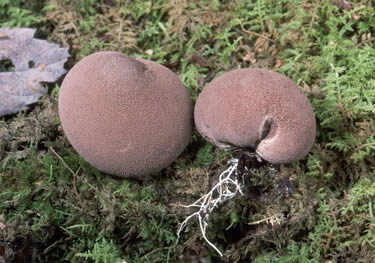
Figure 1. Purplish-brown spore case and white rhizomorphs
of Morganella subincarnata. Photo © William Roody.
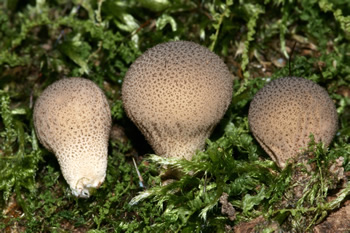
Figure 2. Pear-shaped specimens of Morganella
subincarnata . Photo © John Plischke III.
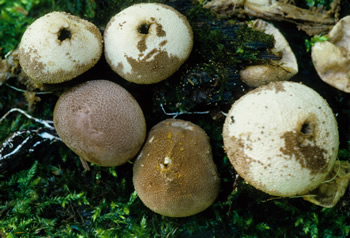
Figure 3. The spines fall off at maturity, exposing the
exoperidium. Photo © John
Plischke III.
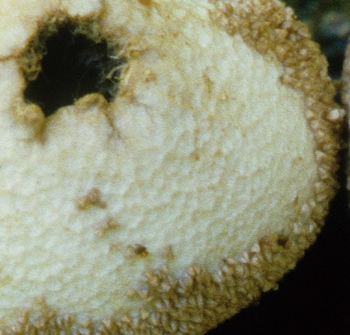
Figure 4. Distinct pits and reticulations (like the surface
of a thimble) are left on the spore
case after the spines
fall away. Photo © John Plischke III.
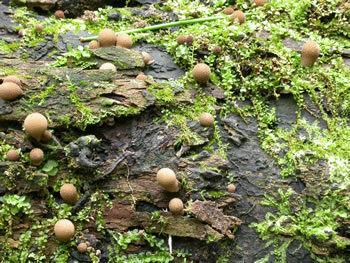
Figure 5. This figure and Figures 6-7 are pictures of
young specimens of what may or may not be
Morganella
subincarnata growing on
a moss-covered
log. I was not
able to return at a later date to examine
the color of the mature spore mass or gather spores for
microscopic examination. Puffball identification can be
challenging in the absence of all growth stages.
Photo © Gary Emberger.
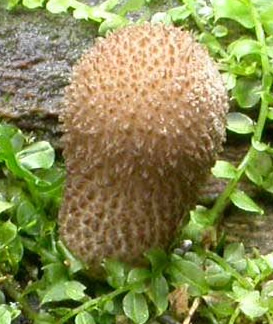
Figure 6. Traits reminiscent of Morganella
subincarnata include groups of spines with
convergent tips
covering a pinkish-brown spore
case. Photo © Gary Emberger.
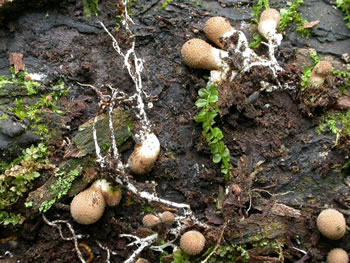
Figure 7. Some of the specimens in Figure 5 were dug out
of the rotting wood in order to display the white
rhizomorphs. Photo © Gary Emberger.